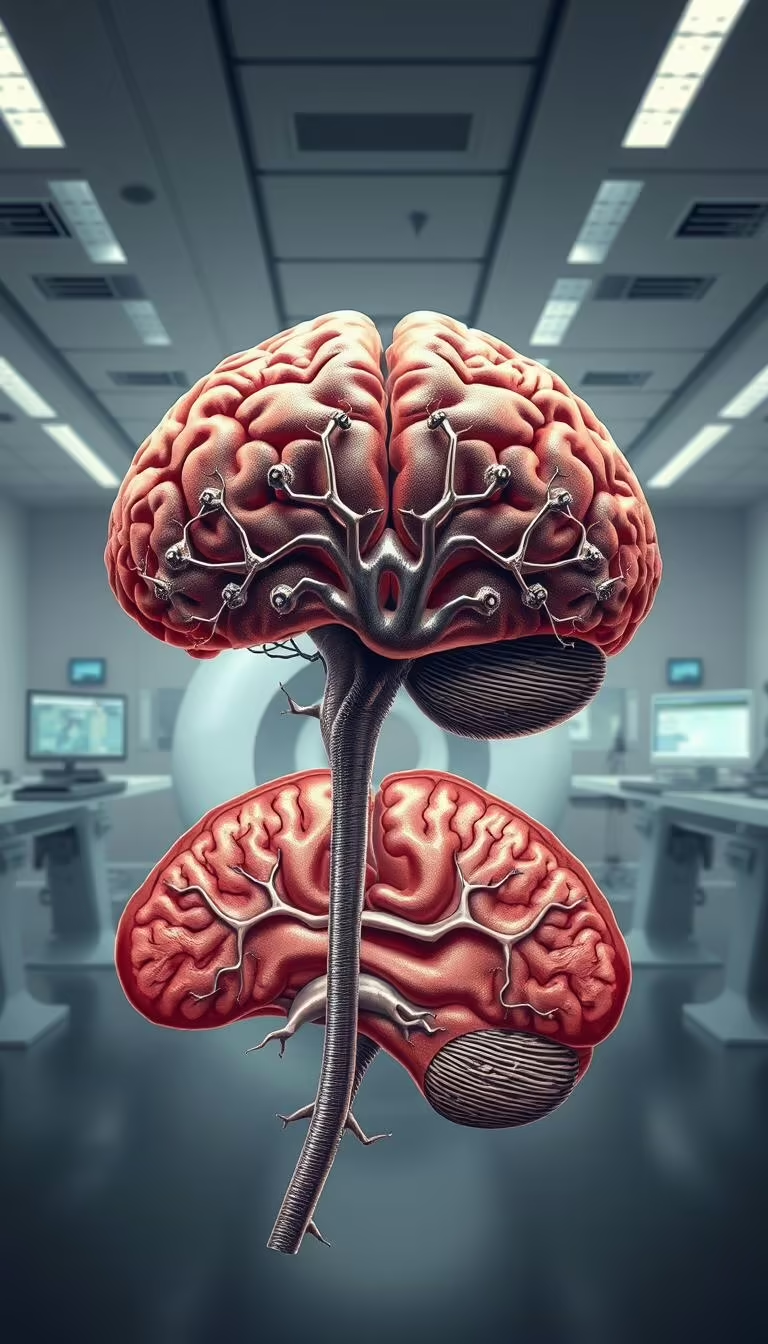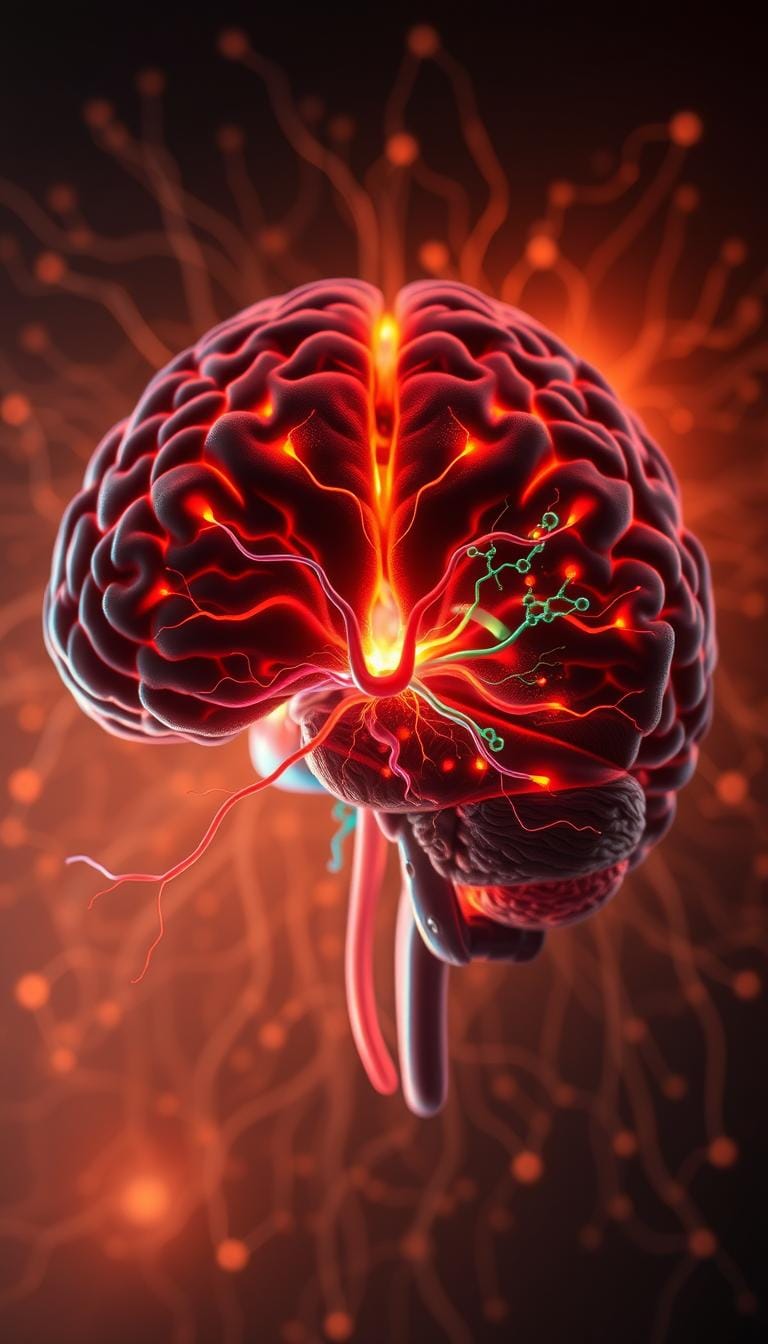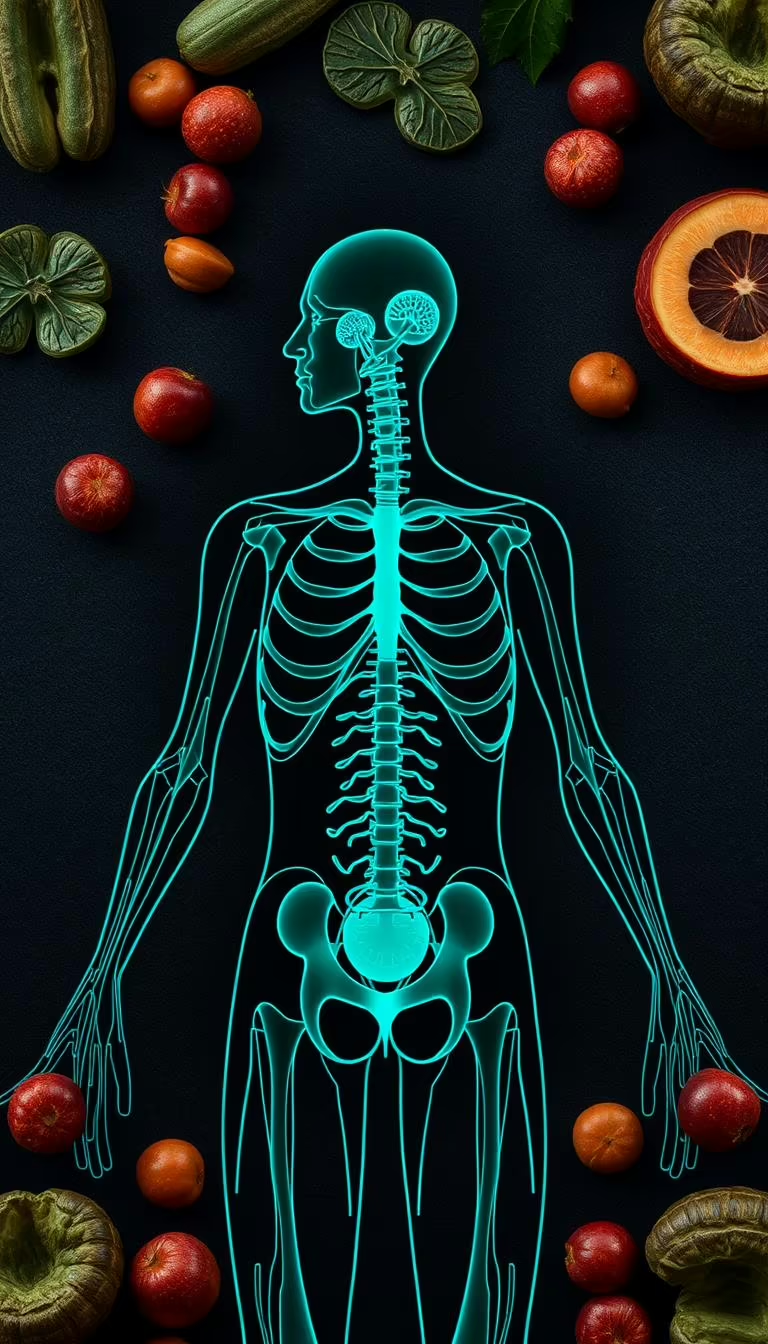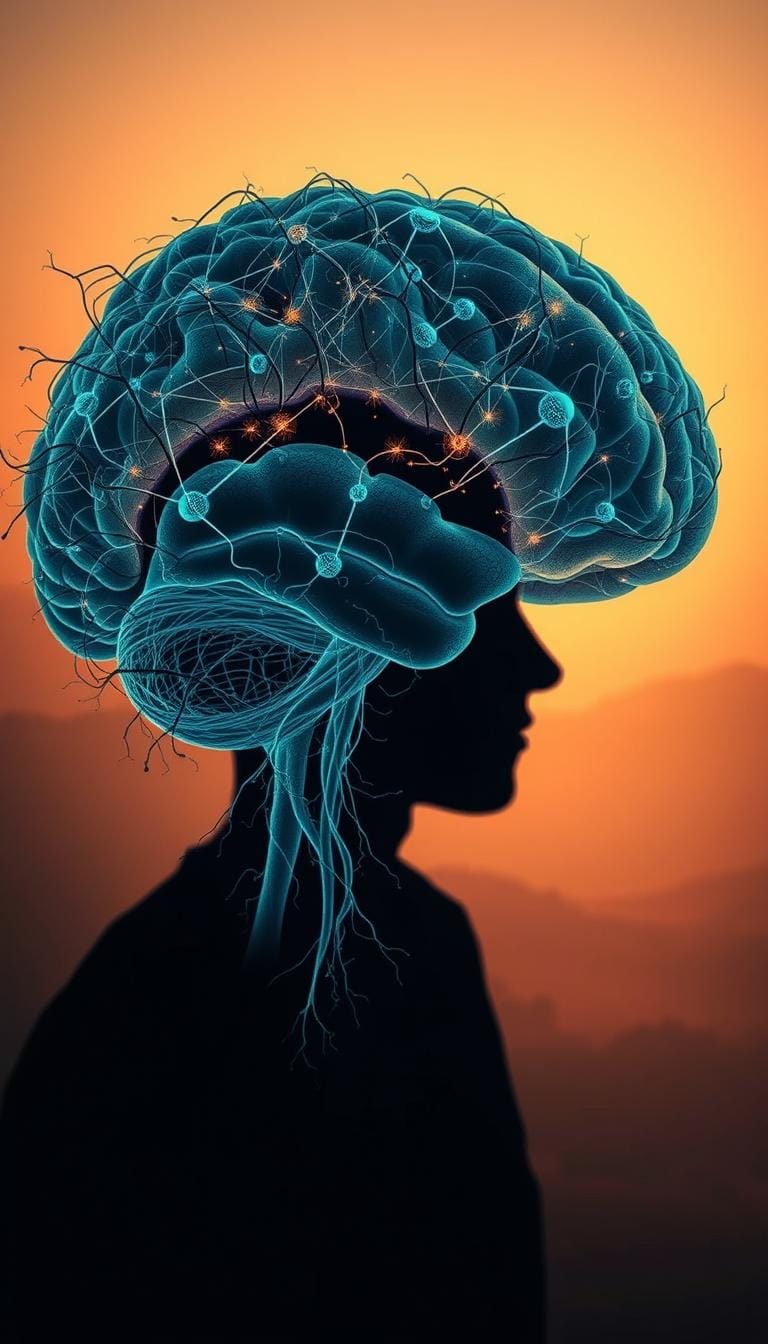The neuroscience of addiction: How habits form in the brain
Table of Contents
I’ve always been curious about the brain’s secrets. I’ve studied how habits start and why they’re hard to break. Today, we’ll explore the science behind addiction and how habits are formed in our brains.
This journey combines science with personal interest. It shows how our brain chemistry influences our daily habits. Sometimes, it even traps us in cycles we wish to leave behind.
This article makes complex ideas easy to understand. You’ll discover how neurons, dopamine, and repetition create habits. By the end, you’ll understand why quitting bad habits is tough. You’ll also see why knowing about the brain’s role is key to changing.
Understanding Addiction Neuroscience
Imagine looking into the brain to see how habits start. That’s what addiction neuroscience does—it studies how brain circuits change with addiction. This field mixes psychology and biology to explain why some behaviors are hard to resist.

Overview of Addiction Neuroscience
At its heart, addiction neuroscience looks at three main areas:
- Brain pathways: How areas like the prefrontal cortex and amygdala work together during cravings.
- Neurochemical signals: Dopamine’s role in motivation and the cycle of reinforcement.
- Recovery mechanisms: How therapy and medicine aim to change brain patterns.
How I Became Interested in Neurobiology
My interest began in college with a lecture on dopamine. Learning how this chemical affects both pleasure and compulsion showed me: addiction isn’t just a choice—it’s a brain science mystery. I read studies that linked brain scans to real-life actions. Now, I aim to make addiction neuroscience easy for everyone to understand.
The Role of Brain Chemistry in Habit Formation
When I first studied the brain chemistry of addiction, I saw how small molecules control our actions. Chemicals like dopamine, GABA, and glutamate act as switches in our brain’s wiring. These chemicals don’t just exist; they drive our cravings and routines.

- Dopamine: fuels desire, pushing us to repeat rewarding actions.
- GABA: calms brain activity, but imbalances can trap people in cycles.
- Glutamate: strengthens neural pathways, making habits feel automatic.
Think about craving a morning coffee. The brain chemistry of addiction works the same way but makes these signals stronger. Over time, the brain starts to favor the habit over healthier choices. For example, when someone uses substances, dopamine spikes create a “memory” of pleasure, urging them to repeat it.
My research showed how these chemicals change brain circuits. Addictive behaviors start as choices but become compulsions when brain chemistry takes over. This explains why quitting feels impossible without support.
Inside the Brain Reward System
The brain reward system is at the heart of habit formation. It’s a network of brain areas and chemicals that seek pleasure. This system doesn’t just meet basic needs—it shapes our actions by linking them to rewards.
My research reveals how even small rewards, like a coffee break or a social post, can activate this system. This creates cycles that strengthen our routines.
Mechanisms of the Brain Reward System
Think of the brain reward system as a feedback loop with three main parts:
- Natural rewards (like food or social connection) turn on neurons in the ventral tegmental area.
- These neurons release dopamine, signaling “this feels good.”
- The brain remembers the action, making it more likely to repeat.
Dopamine Pathways and Reinforcement
Dopamine isn’t just a “happy chemical”—it’s a motivator. In the brain reward system, dopamine pathways like the mesolimbic system guide pleasure. When activated by substances or behaviors, dopamine surges create strong associations.
Over time, this can skew our decision-making. For instance, someone might choose a quick dopamine hit from a snack over long-term health goals.
Understanding these pathways helps us see why some habits become compulsions. By studying how the brain reward system interacts with our environment and experiences, we find ways to break cycles. This helps us build healthier routines.
The neuroscience of addiction: How habits form in the brain
Understanding addiction starts with seeing it as a journey. My research shows it begins with small choices that change brain pathways over time. Each rewarding experience makes neural connections stronger, tied to cravings.
Even simple actions like scrolling phones or eating sugary snacks can start cycles leading to dependency.
- Trigger: Environmental cues or emotions ignite the urge to act.
- Action: The brain prioritizes instant rewards over long-term well-being.
- Reward: Dopamine spikes create a feedback loop, making repetition inevitable.
| Aspect | Habit Formation | Addiction Formation |
|---|---|---|
| Brain Region | Prefrontal Cortex | Nucleus Accumbens |
| Reinforcement | Positive Feedback | Compulsive Seeking |
| Conscious Control | High | Diminished |
My work with neuroimaging studies shows repeated drug use shrinks prefrontal control areas. This matches patient stories where curiosity about substances turns into relentless pursuit. Mapping these pathways reveals addiction formation as a blend of biology and environment.
Neurobiology of Addiction and Brain Habits
My research showed how the neurobiology of addiction makes behaviors into habits. Triggers in the brain’s wiring lead to actions we repeat, even if they’re bad for us.
Neurobiological Triggers of Addiction
Triggers start cravings by turning on parts of the brain linked to memory and feelings. Common ones include:
- Stress hormones like cortisol
- Environmental cues (e.g., places linked to past drug use)
- Social interactions that reinforce habit loops
Understanding Brain Habits and Their Impact
Brain habits form when we keep using the same neural paths. For instance:
- Stimulus: A stressful event
- Action: Substance use
- Reward: Temporary relief
This cycle makes habits seem automatic. My studies found that therapy can change these paths over time.
Knowing the neurobiology of addiction helps us see why breaking habits is hard. Small steps, like staying away from triggers, can help break the cycle.
Addiction Formation: The Psychology Behind Habits
Learning about addiction psychology showed me how thoughts and feelings lead to compulsive actions. Habits begin with small choices but grow into patterns that ignore logic. My studies highlight three main psychological factors:
- Cognitive traps: Beliefs like “one more time won’t hurt” create mental loopholes.
- Emotional triggers: Stress or loneliness often push people toward familiar, short-term relief.
- Identity shifts: Over time, habits reshape self-image, making change feel impossible.
In therapy, clients often talk about a cycle: cravings start as escapes from pain. Addiction psychology explains how this cycle becomes automatic. For example, a client shared how anxiety led them to smoke—initially to calm nerves, but soon it defined their daily routine. This mirrors theories from Behavioral Activation Theory, where actions become solutions to emotional voids.
Understanding addiction psychology means seeing recovery as retraining both mind and brain. Recognizing these patterns is the first step toward breaking them.
My Personal Journey Into Addiction Neuroscience
My journey into addiction neuroscience began with curiosity about brain habits from childhood. I noticed how routines shape lives and wondered why some behaviors stick. This curiosity led me to study psychology and neurobiology, combining personal insights with scientific research.
Discovering My Passion for Addiction Psychology
Early college courses sparked my interest in brain habits and addiction. Key moments included:
- Volunteering at support groups to see habit patterns firsthand
- Studying case studies on dopamine’s role in reinforcement
- Experimenting with mindfulness practices to disrupt negative loops
Experiences That Shaped My Understanding
My journey was shaped by several key events:
| Experience | Lesson Learned |
|---|---|
| Interviewing recovering addicts | How brain habits drive both struggle and resilience |
| Lab work on neural pathways | Seeing how habits physically alter the brain |
| Teaching addiction education workshops | Communicating brain habits’ role in daily choices |
These lessons showed me that understanding brain habits is more than just learning. It’s about empathy. Every story I’ve heard shows how our behaviors are deeply connected to our biology. Yet, change is possible with awareness.
Unraveling the Brain Chemistry of Addiction
My research has uncovered how dopamine, GABA, and glutamate drive addiction. These chemicals create loops that make cravings and compulsions stronger.
Interplay of Neurochemicals in Addiction
- Dopamine fuels motivation and reward, creating strong associations between substances and pleasure.
- GABA imbalances reduce self-control, making it harder to resist urges.
- Glutamate strengthens memory pathways linked to addictive cues.
Implications for Treatment and Recovery
| Neurochemical | Role in Addiction | Treatment Strategy |
|---|---|---|
| Dopamine | Creates reward-seeking cycles | Medications targeting dopamine receptors |
| GABA | Weakens inhibitory control | Therapies boosting GABA activity |
| Glutamate | Strengthens harmful memories | Cognitive behavioral techniques |
Knowing how these chemicals work helps us create better treatments. By mixing medicine with behavioral therapy, we see better results. Recovery isn’t just about willpower—it’s about fixing the brain’s chemistry.
Conclusion
Learning about how habits form in the brain has been a journey for me. I’ve discovered how dopamine and the brain’s reward system play a role. Addiction neuroscience shows how small choices can change our brain’s pathways over time.
My research shows that brain habits can change. They’re influenced by our environment, treatment, and self-awareness. This understanding is key to making positive changes.
Understanding the role of dopamine and serotonin in behavior is fascinating. It shows the science behind recovery from addiction. Recovery isn’t just about willpower; it’s about changing the brain’s wiring through proven methods.
I hope this look into addiction psychology sparks your curiosity. It shows how our minds can change. Let’s keep learning together about how our brains can rebuild themselves.






